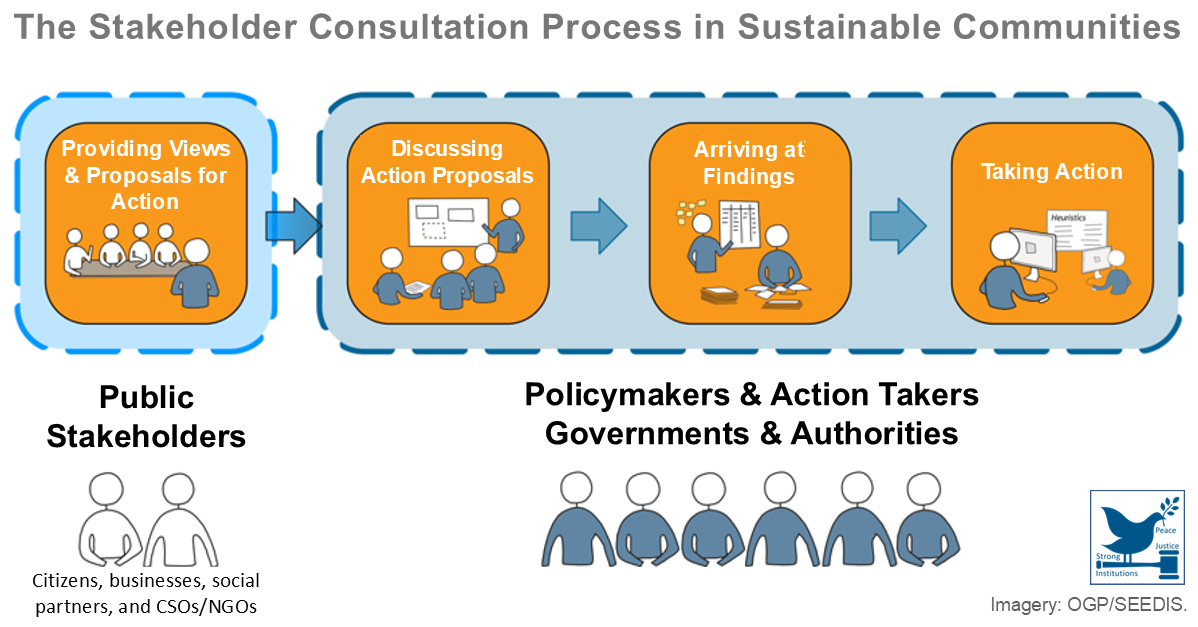BDY = [(F – P)/F] x (360/t) = (D/F) x (360/t)
Bank discount yield is not a true yield because it is a rate based on face value instead of purchase price – the actual cost of the investment.
Effective annual yield (EAY) is annualized nominal rate of interest based on a 365-day year including all costs incurred in an investment or borrowing that is compounded every interest payment period, which is the result of the geometric annualization of the annual percentage rate (APR). EAY provides the true expected rate of return on an investment over its intended holding period because it is based on purchase price, annualized with compound interest on a full 365-day year:
EAY = (F/P)(365/t) – 1
It can also be calculated as follows, where r is the periodic rate (or yield) and m is the number of compounding periods in a 365-day year:
EAY = (1 + r)m – 1
EAY can also be calculated by adjusting the holding period yield (HPY) for the number of compounding periods of the instrument in the given period of time, where t is the number of days remaining to the maturity of the investment:
EAY = (1 + HPY)(365/t) – 1


Leave A Comment
You must be logged in to post a comment.